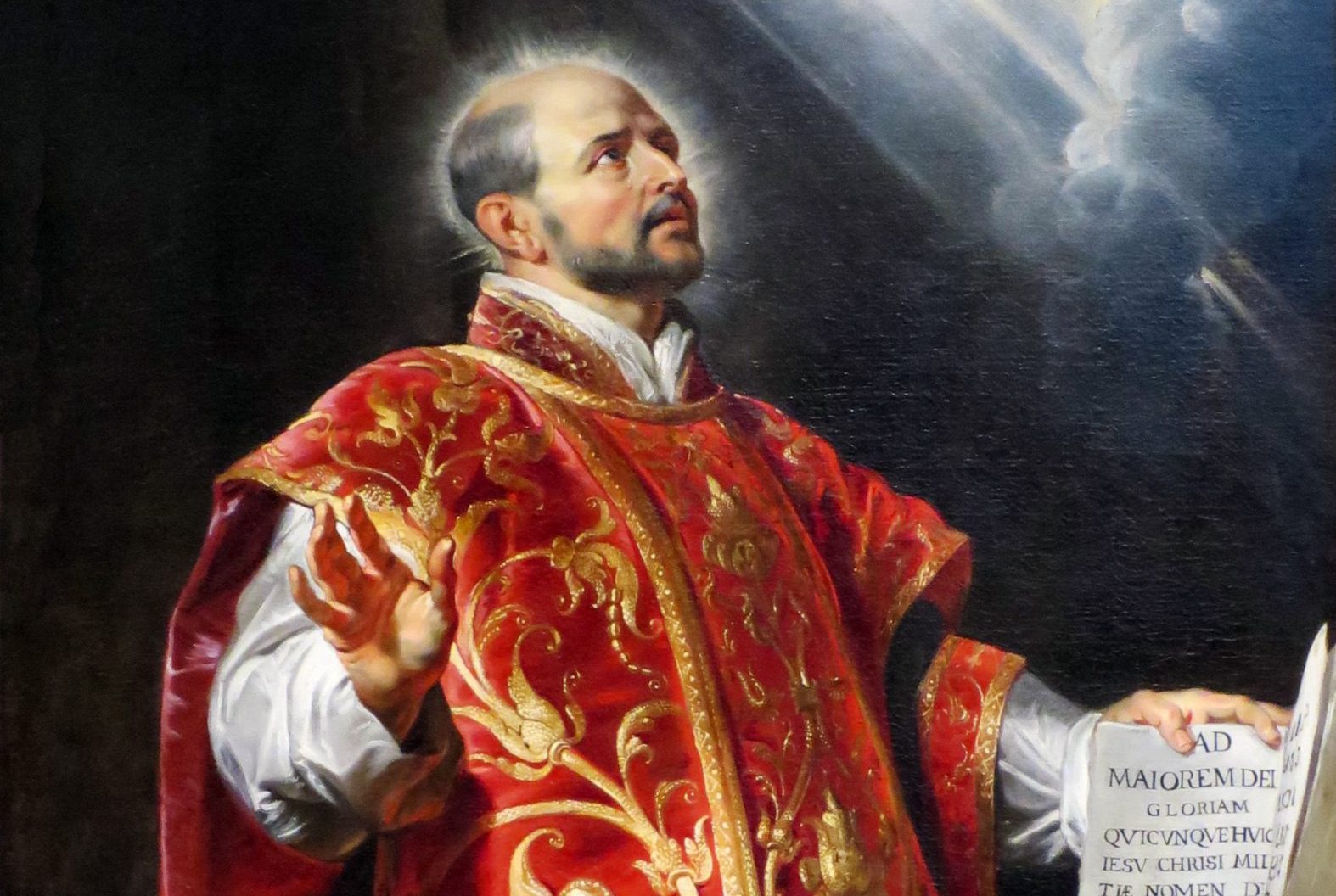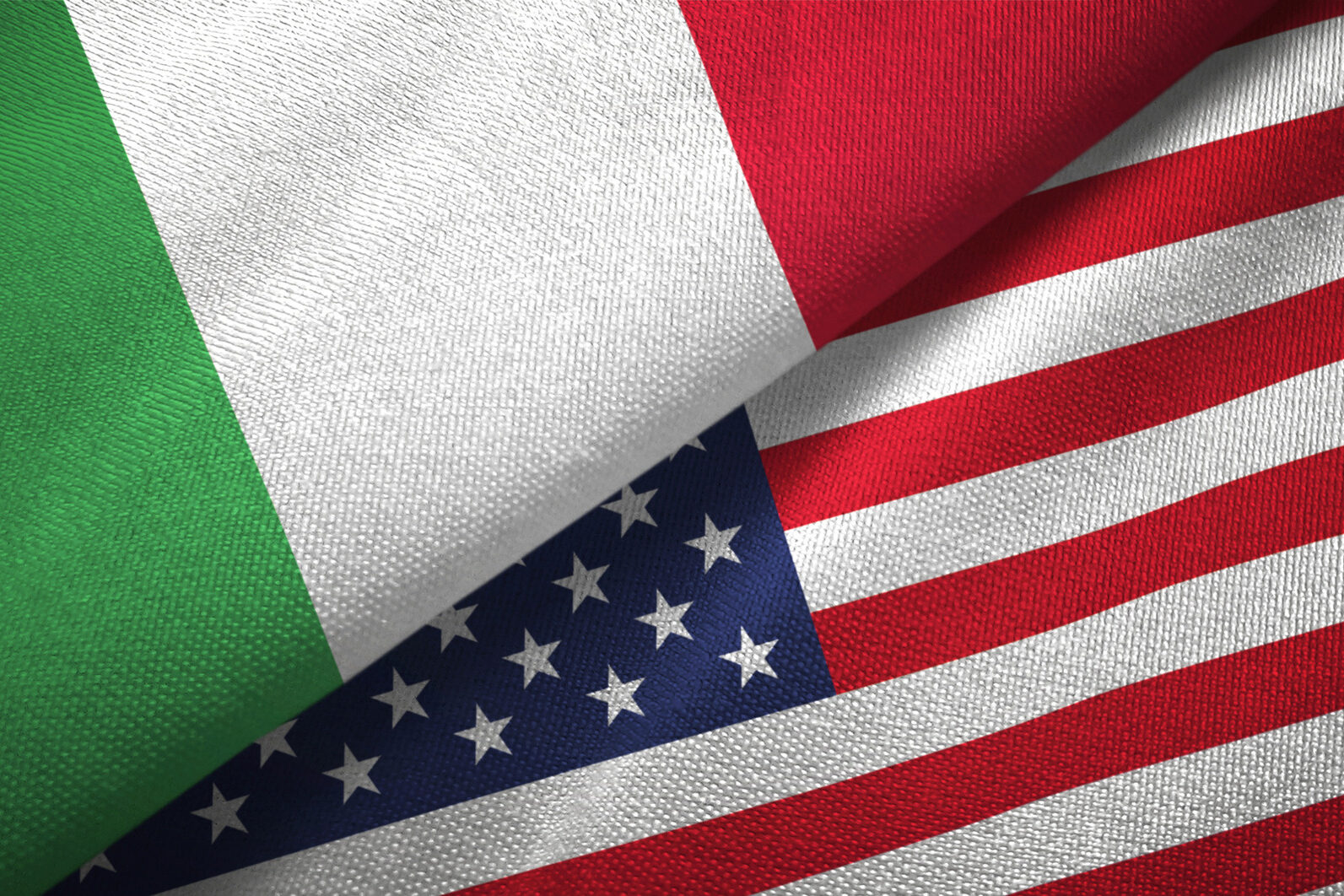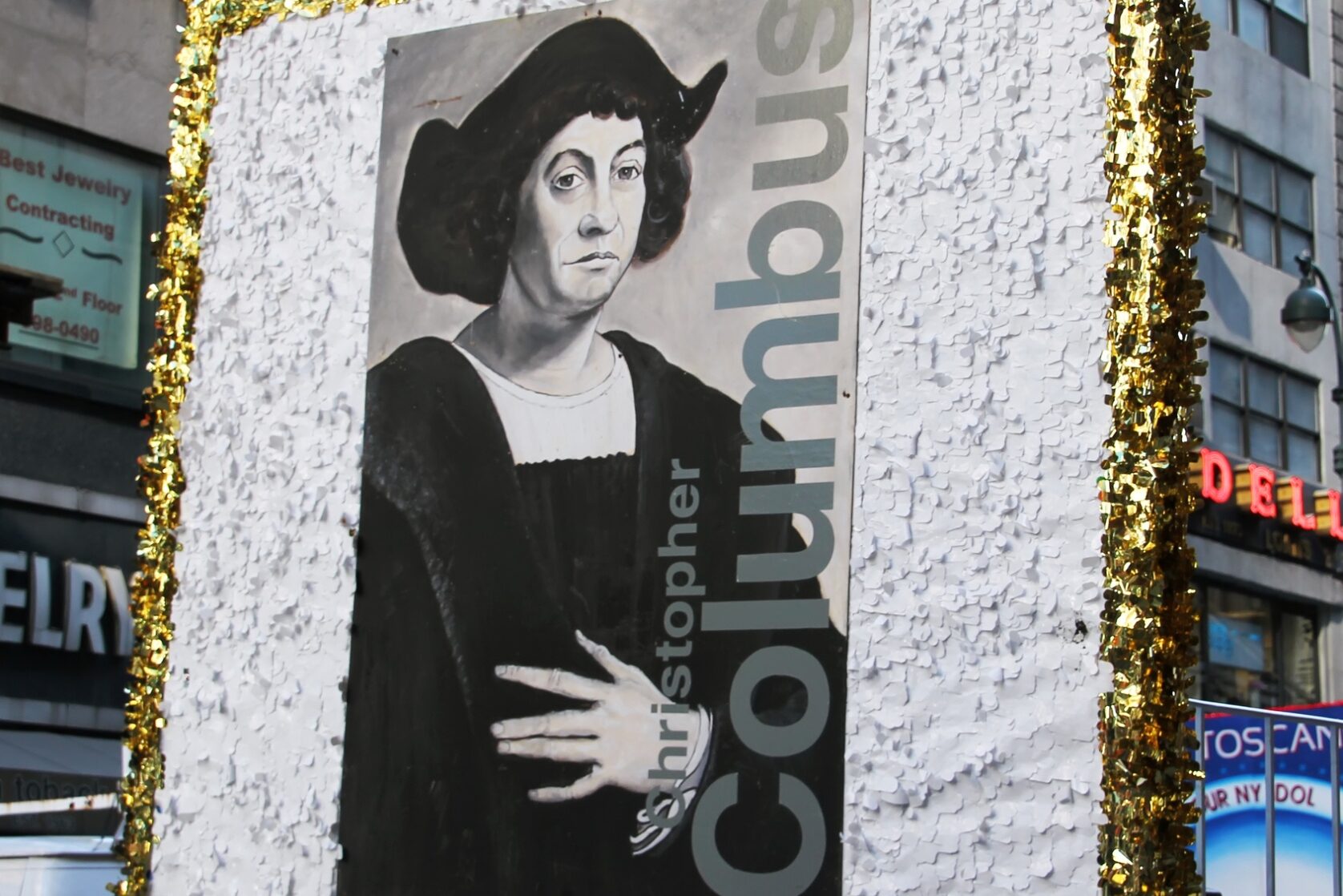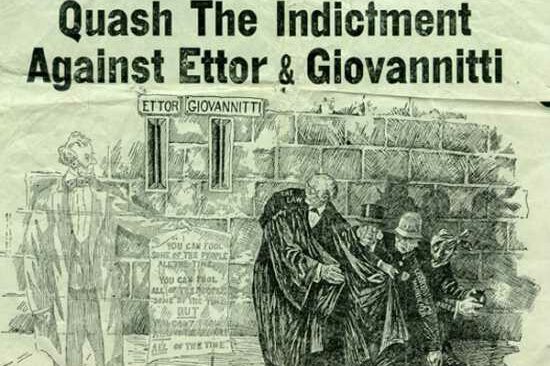Dear Readers,
In June, the month we celebrate Grads and Dads, I want to offer my heartfelt congratulations and best wishes to newly minted, MBA Boston College graduate, Angela Cannistraci. During the graduation ceremonies held at Boston College, a Roman Catholic, Jesuit institution at Chestnut Hill, a suburb of Boston, Massachusetts, founded in 1863, Boston College president William P. Leahy, S.J., reminded the audience that the Jesuits (Society of Jesus) have been in charge of educational institutions for over 450 years and that the first Jesuit school in the world was opened in Messina, Sicily in 1548.
This was news to me and to many of the Italo-American parents and relatives sitting in the audience.
“Grazie” to Grad-Dad, Anthony Cannistraci, of Saugus, Massachusetts, alumni of the University of San Francisco, a Jesuit institution, I can share this information with you:
Ignatius of Loyola (1491-1556) founder of the Society of Jesus, whose members are known as Jesuits, was born of noble parents, at Loyola Castle in Spain. In 1517, he left the court life to enter the army and was converted to Christianity while convalescent from battle wounds at Monserrat in 1521. He devoted his life to solving spiritual problems for others and with a small band of companions he drew up a Constitution and received Papal approval for a new order that stressed propagating the faith through education.
In 1547, some citizens of the city of Messina, prompted by a Jesuit named Domenech, who had been working in Sicily for some time, asked Ignatius to send some Jesuits to open what he would call a Secondary School in the Humanist mode to educate their sons. Somehow, in the minds of Domenech and other influential Jesuits, this idea had been germinating. Negotiations opened, with the citizens of Messina offering to supply food, clothing, and lodging not only for the five Jesuit teachers but also for as many as five young Jesuits who might also study there. Ignatius accepted the invitation, surely in part because he saw it as an opportunity to get funding for the education of Jesuits themselves, but he must also have sensed something more profound.
He gathered for the venture ten of the most talented Jesuits in Rome. The school opened the next year, and, despite many tribulations it was in the main a resounding success. A few months later, the Senators of the city of Palermo petitioned for a similar institution in their city, and Ignatius acquiesced with similar happy results.
The first two Jesuit schools, opened in Sicily in 1548, would have immense repercussions on the character of the Society of Jesus and was also a crucial event in the history of schooling within the Catholic Church and in Western Civilization. Enthusiasm for this new ministry, new to the Jesuits and new to the Catholic Church, seized Jesuit leadership, and school after school was opened.
Within a few years the Jesuits opened some thirty more Primary and Secondary schools, and also a “Roman College” which soon developed into the first real Jesuit University (Gregorian University). In 1585 they opened in East Asia a school in Macau that soon developed into a University. About the same time they founded in Japan a remarkable Art School and workshop in which local painters were introduced to Western Techniques. In Rome, they hired Palestrina as the Music teacher and chapel master for their students. In Paris they did the same for Chapentrier. They were the teachers of Descartes, Molière, and Voltaire. In Latin America they constructed magnificent schools of stone and brick, with huge libraries before any serious school of any kind had been founded in the British colonies.
By 1560, a letter from Jesuit headquarters in Rome acknowledged that the schools had become the primary ministry of the Society, the primary base for most of the other ministries. The Order had in effect redefined itself. From a group imaging itself as a corps of itinerant preachers and missioners, they know reframed it with a commitment to permanent educational institutions. By 1773, the Jesuit network of some 800 educational institutions had become the most immense operating under a single aegis on an International basis that the world had ever seen.
In later years the arts took the form of what we would call today extracurriculars, but they were done in many of the schools in a way that fitted them into a clear program. The great collegiate churches attached to Jesuit schools often employed architects, painters, and sculptors of the highest local standing for their construction and decoration. The Jesuits employed in the early seventeenth century the most celebrated artist of the day, Rubens, and after Rubens’ death the most celebrated Gian Lorenzo Bernini. Thus, education took place outside the often narrow confines of the classroom.
The Jesuits also sparked the development of formal school buildings and their architecture. At least in Italy before the Jesuits opened their schools, no such buildings existed for primary or secondary education, for “schools” were such informal institutions, usually meeting in the house of the schoolmaster.
Although the Society of Jesus did not begin with the goal of propagating the faith through education, Ignatius began his association together with six, then ten, students at the University of Paris in the early 1530’s. Ignatius Loyola, a layman, was the leader of the group, their spiritual guide, who brought them all, one by one, to deeper religious conversion through the Spiritual Exercises he had already composed. These ten eventually decided they wanted to be missionaries to the Holy Land; but when that plan fell through, they went to Rome to place themselves at the disposition of the Pope.
When the Jesuits opened their first school in Messina, Europe was not only in the throes of the great religious turmoil in the wake of the Reformation but also at one of the great turning points in the history of formal schooling. The fifteenth century humanists in Italy had set in motion a movement that bit by bit was creating a brand-new institution- the primary/secondary school pretty much as we know it today. This new institution was of course derived from principles enunciated in ancient Greece and Rome, but it was being put into a systematic form. The Jesuits arrived on the scene at just the right moment to capitalize on what was happening, and they played an important role in the development of the new system.
When Ignatius spoke of the schools, he described them as a work of charity, a contribution to the “common good” of society at large. The schools were a way of “helping”. He and other Jesuits also saw that the schools gave them a special entrée into the life of the city and into the lives of the parents of their students. The Jesuits had techniques and pedagogical principles that made them especially successful teachers. It was something that by talent, background and training they were highly qualified to do.
The Jesuits were a Roman Catholic religious order, and they retained their religious aims. But, especially with the schools, they began to have a special relationship to culture and to “the common good”. In other words, the “help of souls” was not just help in getting people to Heaven, but it included in a noteworthy way concern for the well-being of the early city and its citizens.
Jesuits esteemed the intellectual rigor of the scholastic system and power of the detached analysis it provided. They believed in its goal of training highly skilled graduates in the sciences and in the professions of law, medicine and theology. They saw this graduate training as especially appropriate in theology for their own members and even for a select few students for the diocesan clergy. They saw it as a help to a more “professionally” reliable ministry, for they shared the goal of both Protestant and Catholic leaders to produce a literate, more learned clergy.
Also esteemed in the Humanist system (primary and secondary education) the potential of poetry, oratory and drama to elicit and foster noble sentiments and ideals, especially in younger boys. They believed in its potential to foster “pietas”- that is, good character. Moreover, this system taught eloquence, for rhetoric was at the center of the curriculum, that is, taught oratory, the power to move others to action. Action in a good cause…































